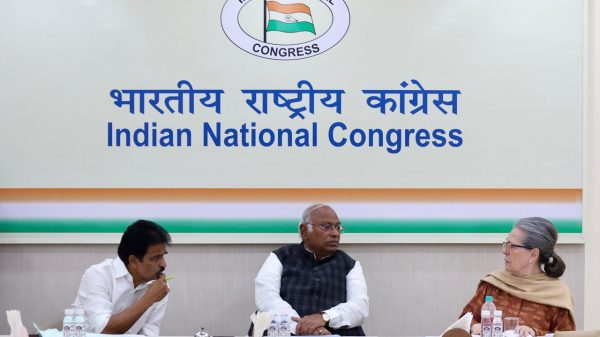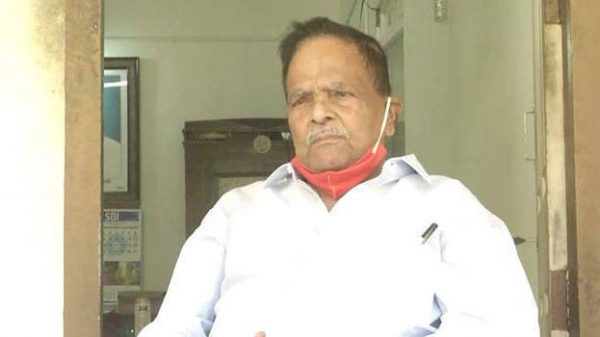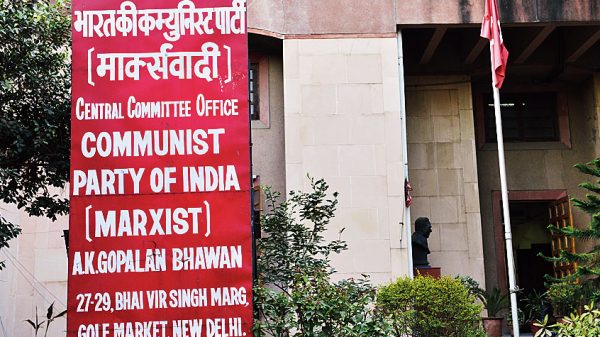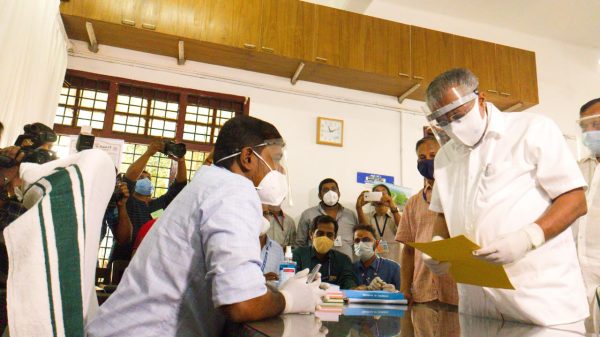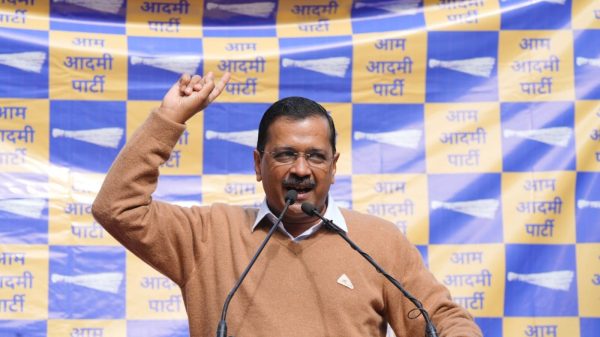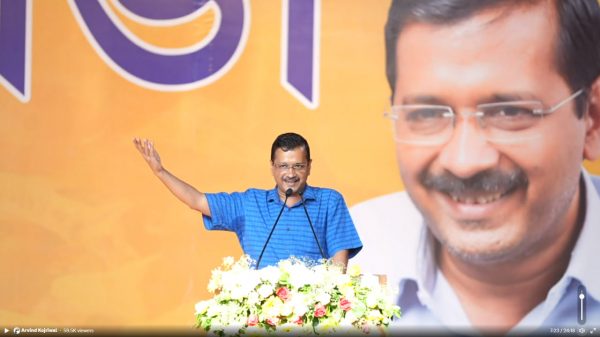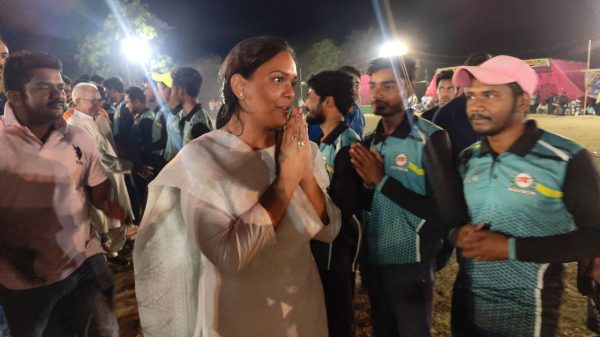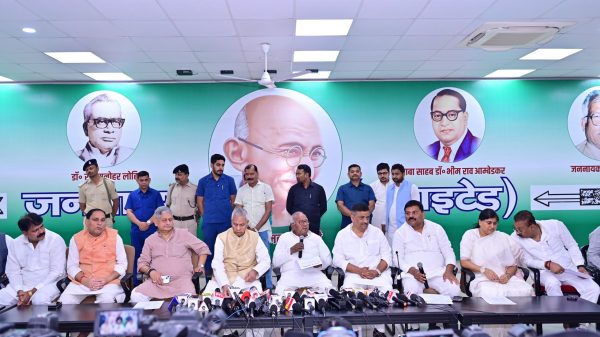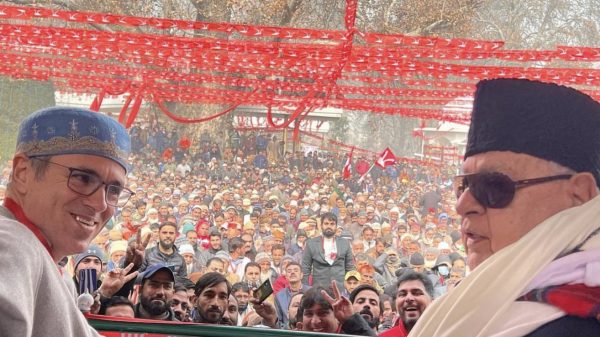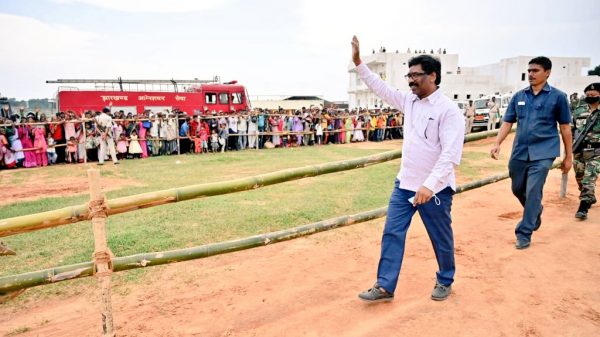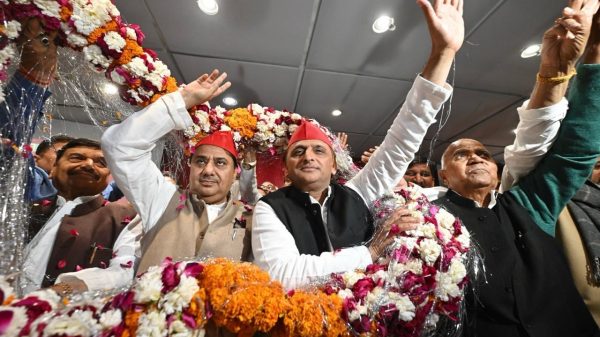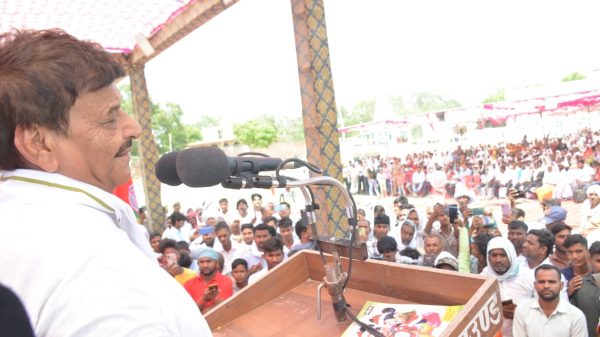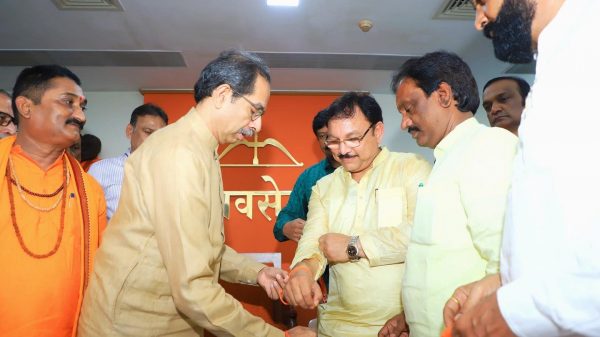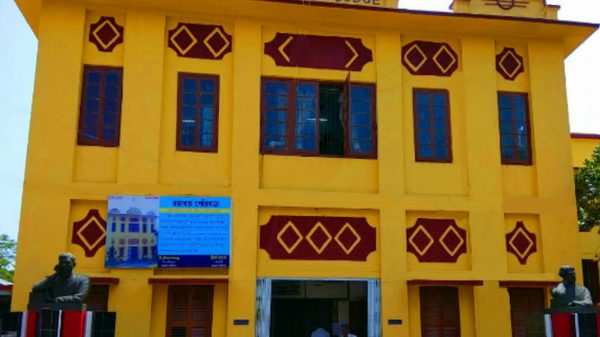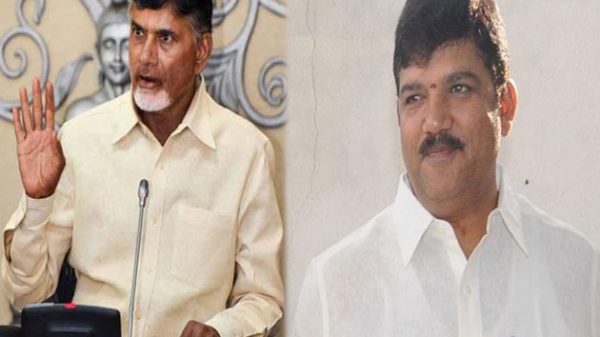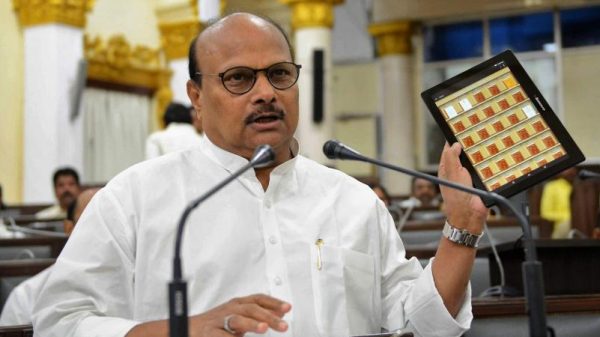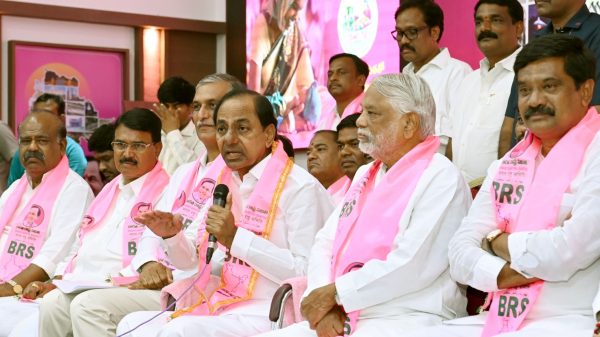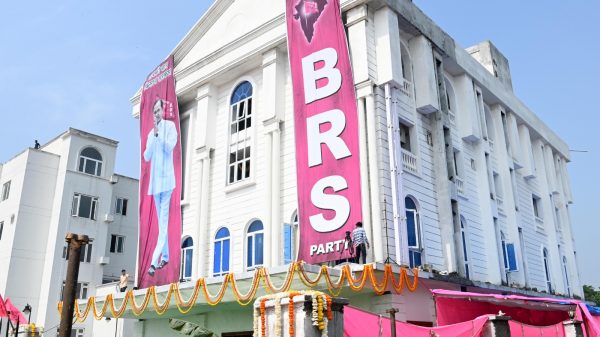AMARAVATI: Unbridled revenue expenditure and constricted capital expenditure have pushed Andhra Pradesh’s finances into disarray, causing a revenue deficit of a staggering Rs 26,441 crore (1,486.28 per cent over the estimate) in the year 2019-20, the Comptroller and Auditor General of India has observed.
The CAG strongly rebuked the state government over the gross financial mismanagement, particularly in failing to contain the mounting revenue deficit, and violation of the FRBM Act.
The CAG found fault with the government over the grossly decreased capital expenditure in the year 2019-20 and said it pointed to the need for a review of the fiscal strategy and creation of the fiscal space for increased capital expenditure, which in turn, would help in promoting and accelerating equitable growth.
The liabilities of the state have been increasing year-on-year and, over 80 per cent of the borrowings during 2019-20 were utilised only to balance the Revenue Account, affecting asset creation.
The CAG, in its State Finances Audit Report for the year ending March 2020, observed that the government AP needed to estimate its resources “more realistically” and manage its expenditure “judiciously”.
The CAG report was tabled in the state Legislature on Friday.
The report noted that the state failed to contain revenue deficit during 2015-20, despite receipt of post-devolution Revenue Deficit Grants (to the tune of Rs 22,112 crore) from the Centre as per the 14th Finance Commission recommendations.
Revenue deficit of Rs 26,441 crore in 2019-20 was substantially higher than the Budget estimates (Rs 1,779 crore) due to the introduction of new schemes like Amma Vodi (Rs 6,349.47 crore) and nine-hour free power supply to the agriculture sector (Rs 4,919.84 crore) during 2019-20 and a decrease in state’s own revenue of Rs 1,511 crore over the previous year, it said.
Comparatively, the state incurred a capital expenditure of only Rs 12,242 crore, including Rs 1,830.93 crore funded by the Centre, that constituted mere 7.89 per cent of the total expenditure during 2019-20 and fell way short of the Budget estimate of Rs 32,293 crore. It accounted for only 1.26 per cent of the Gross State Domestic Product and decreased by Rs 7,734 crore (38.72 per cent) from the previous year.
The report said there were instances of misclassification of revenue transactions under capital section and non-accounting of other liabilities that would have pushed up the deficits to a further extent.
The outstanding debt of the state showed an increasing trend during the five-year period 2015-20. The debt that was Rs 1,73,854 crore during 2015-16, mounted to Rs 3,01,802 crore in 2019-20, marking an increase of 73.60 per cent, the CAG observed.
The off-budget borrowing liability of Rs 26,096.98 crore has not been disclosed appropriately as part of the state budget documents.
“This has the impact of diluting public financial management and oversight role of the Legislature and placing major sources of funding of government’s crucial infrastructure projects beyond the control of the Legislature,” the CAG remarked.
“Sound budgetary management requires advance planning and accurate estimation of revenues and expenditure. There were instances of incurring excess expenditure or large savings against the provisions made during the year, which point to flaws in expenditure monitoring and control, the CAG noted.
It warned that “persistent excess expenditure” over grants approved by the state Legislature was a violation of the “will of the Legislature” and needed to be viewed seriously.
Source: Press Trust of India


















